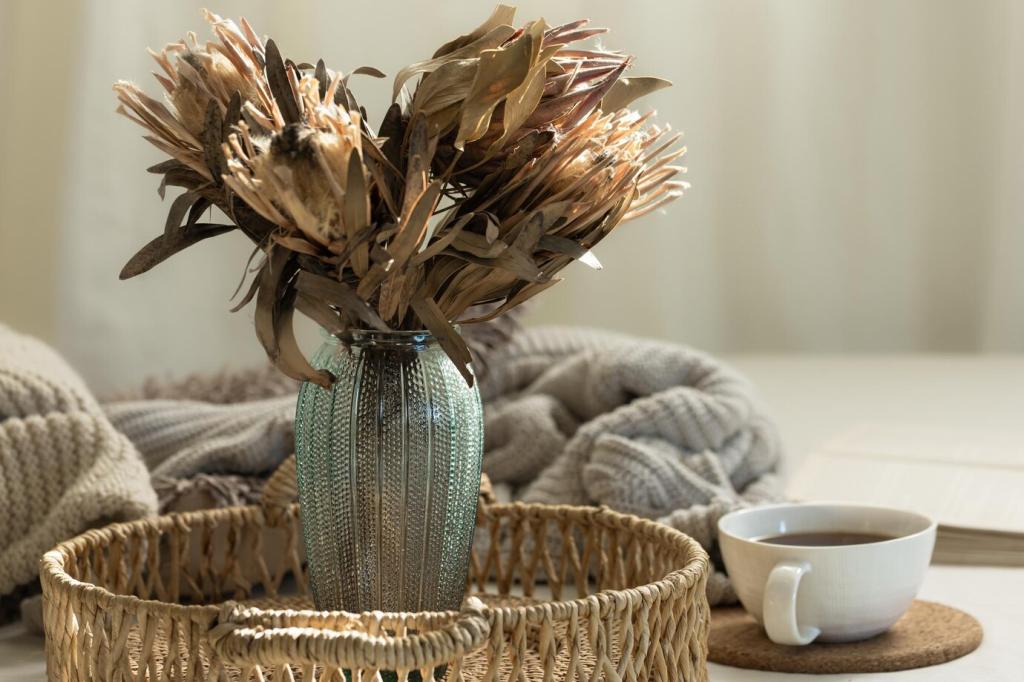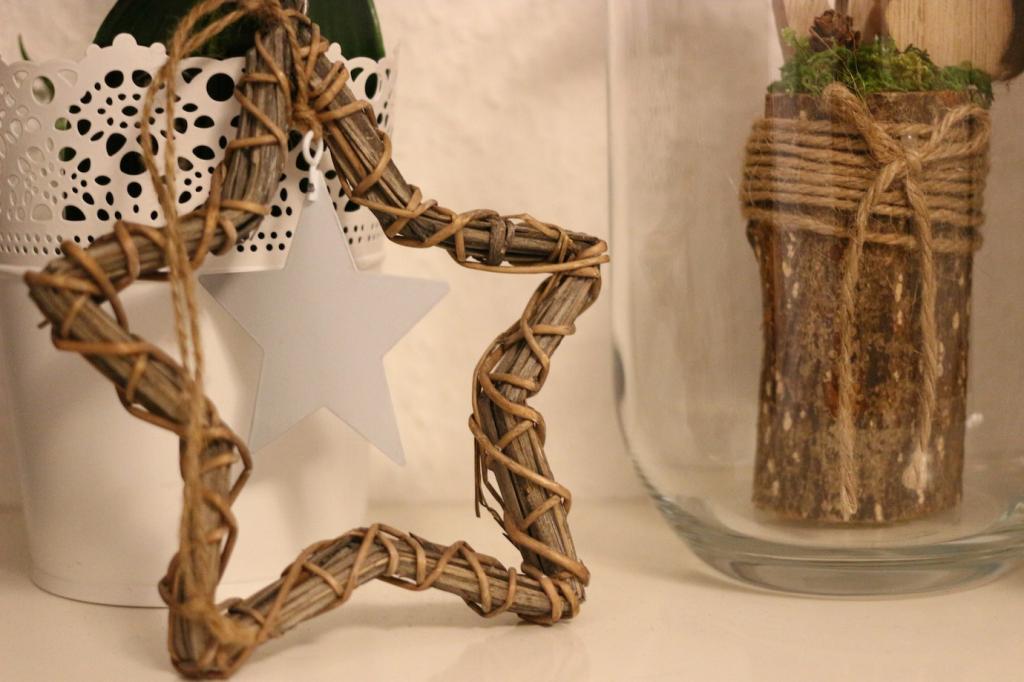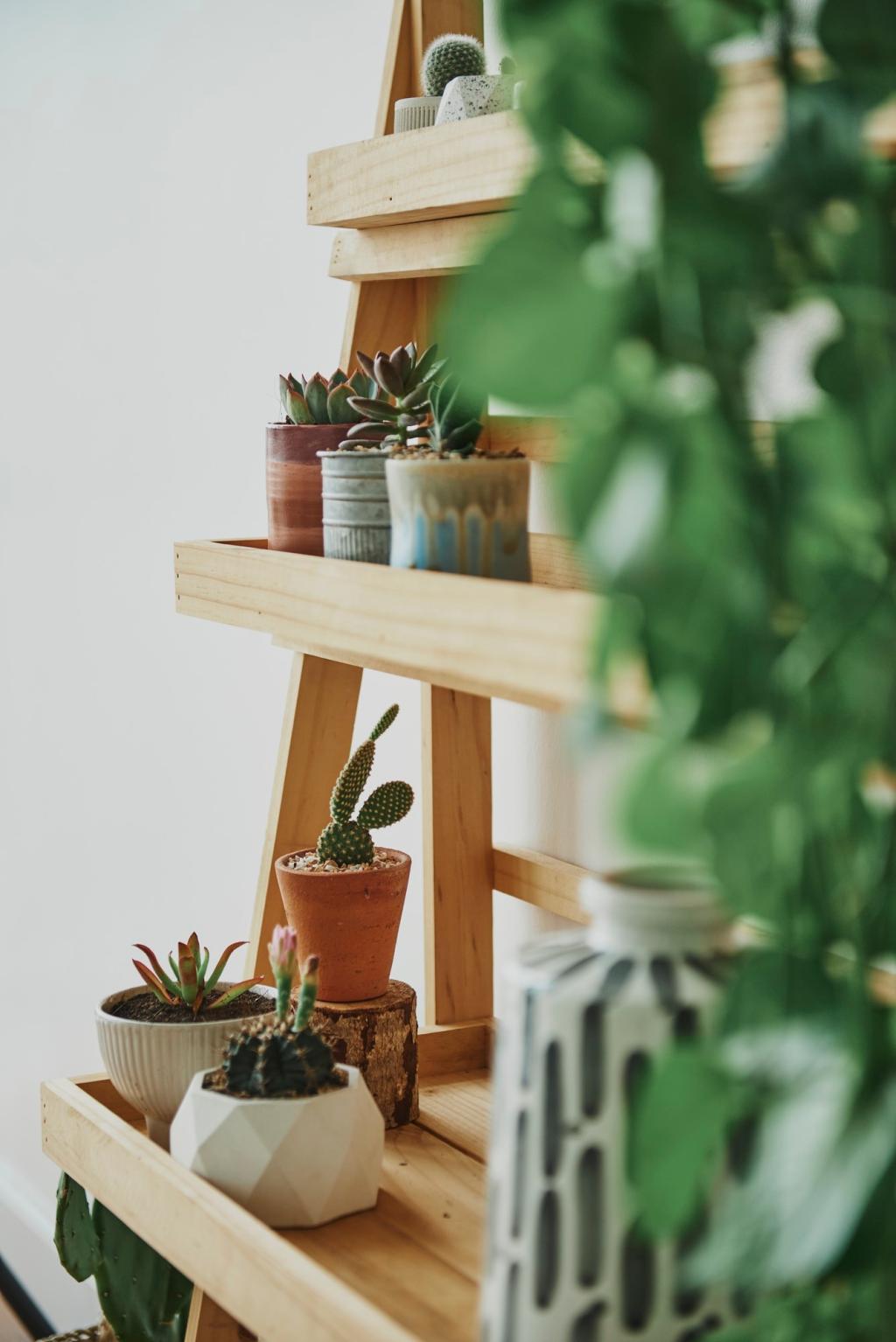Form, Flow, and Nature’s Spatial Patterns
Carve a quiet reading nook with a high-back chair, warm lamp, and view toward greenery, then keep adjacent circulation open. The contrast provides both calm protection and energizing openness, mirroring meadows bordered by protective groves.
Form, Flow, and Nature’s Spatial Patterns
Introduce gentle visual turns, partial screens, or shelves that hint at what lies beyond. This sense of discovery keeps the mind engaged without clutter. Comment with a sketch of your favorite layered path, and we will refine it together.




